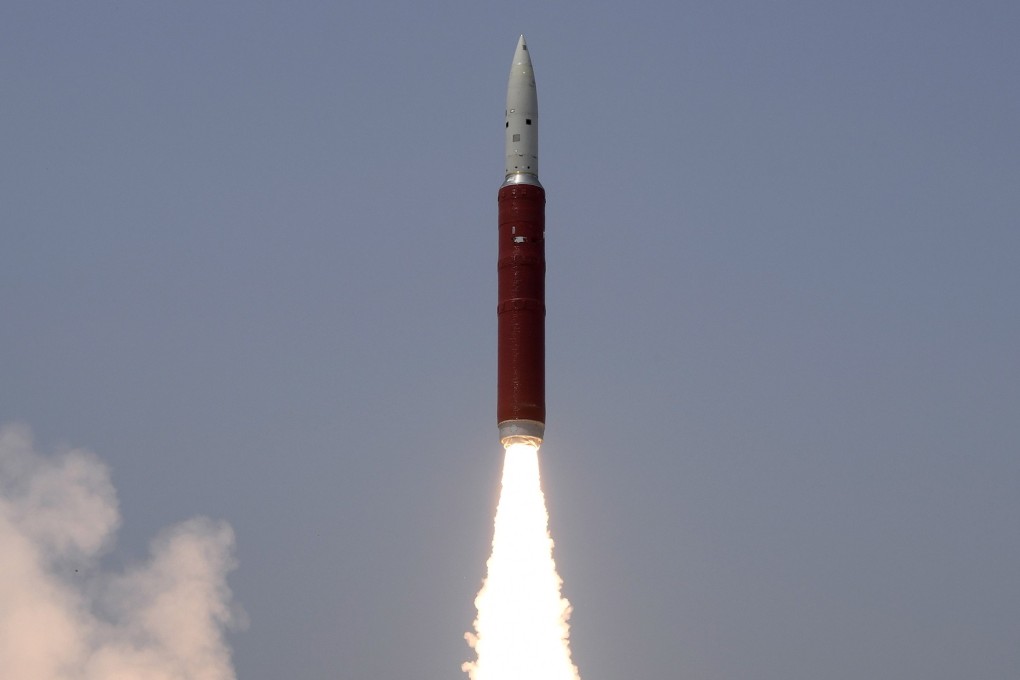Opinion | How India’s breakthrough as an ‘elite space power’ devalues discovery and innovation
- Ankit Panda writes that India’s successful test of an interceptor to destroy a satellite only renders space less hospitable for peaceful, civilian use, while contributing marginal military benefit

India shocked the world, in the final days of March, by showing it had the capability to destroy a satellite in low-Earth orbit.
Indian Prime Minister Narendra Modi announced that the country’s Defence Research and Development Organisation had successfully used a new type of interceptor to demolish an Indian target satellite 300km (186 miles) above the Earth’s surface.
New Delhi is the latest to join an exclusive group of countries that have displayed the ability to deploy direct-ascent kinetic interceptors – missiles that head straight up from the Earth’s surface to release a kill vehicle that can obliterate a satellite with sheer kinetic force.
To date, the only other nations to have successfully displayed this technology against live targets in low-Earth orbit are China and the United States. The Soviet Union destroyed satellites during the cold war, using co-orbital weapons, and Russia is actively developing its own direct ascent interceptor today, known as the Nudol.
China’s test in 2007 was met with a widespread outcry from the global civilian spacefaring community. That year, the People’s Liberation Army had used an experimental direct ascent interceptor to destroy the Fengyun-1C satellite at an altitude of more than 800km above the Earth’s surface.

